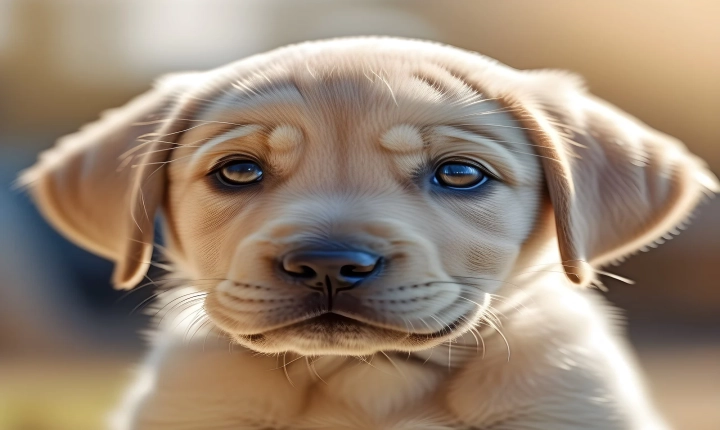With the rapid advancement of artificial intelligence and machine learning, there has been a growing concern about the possibility of AI replacing human jobs across various industries. One such industry that has come under the spotlight is graphic design.
Graphic design has long been considered a field that requires creativity, intuition, and a human touch. Designers are responsible for creating visually engaging and aesthetically pleasing graphics for a variety of purposes, including advertising, marketing, branding, and digital media. The question on everyone’s mind is: can AI truly replace graphic designers?
Advancements in AI and machine learning have already enabled the development of sophisticated tools and software that can generate graphics, logos, and designs. These AI-powered platforms can analyze design trends, colors, typography, and layouts, and produce designs based on predefined parameters. This has led to concerns about the potential threat to the livelihoods of human graphic designers.
One of the primary arguments in favor of AI replacing graphic designers is the efficiency and speed with which AI-powered tools can generate designs. These tools can process vast amounts of data and patterns to create designs within a fraction of the time it would take a human designer. Furthermore, AI has the capability to iterate through numerous design options to identify the most effective solution, which is a time-consuming process for human designers.
Additionally, AI can potentially mitigate the subjectivity in design decision-making. It can analyze user data and feedback to create designs that are tailored to the preferences of target audiences, thereby improving the effectiveness of design solutions. In this sense, AI can provide a level of personalization and customization that may surpass what human designers can achieve.
However, despite these advancements, there are several aspects of graphic design that AI may struggle to replicate. One of the key elements of graphic design is the ability to convey complex emotions, stories, and concepts through visual imagery. Human designers often draw inspiration from their experiences, emotions, and intuition, which may be challenging for AI to emulate.
Furthermore, the human aspect of graphic design, such as understanding and interpreting a client’s vision, collaborating, and problem-solving, remains a crucial part of the design process. Human designers bring a unique perspective and creative flair that is deeply rooted in their individual experiences and expertise, which AI may struggle to replicate at the same level.
It is important to note that while AI may be capable of generating designs, it does not possess the same level of creativity, empathy, and intuition that human designers bring to the table. The human touch and the ability to empathize with the audience and create designs that evoke emotions and connect on a personal level are the qualities that set human designers apart.
The role of AI in graphic design should not be viewed as a replacement for human designers, but rather as a tool that can augment and enhance the creative process. AI can assist designers by automating repetitive tasks, providing data-driven insights, and offering design suggestions, thereby freeing up time for designers to focus on more strategic and creative aspects of their work.
In conclusion, while AI has the potential to reshape the landscape of graphic design, it is unlikely to fully replace the role of human designers. The human element of creativity, intuition, and emotional intelligence will continue to be valuable in creating designs that resonate with audiences. Instead of fearing AI as a threat, designers should embrace it as a tool that can complement and extend their capabilities, ultimately leading to more innovative and impactful design solutions.
